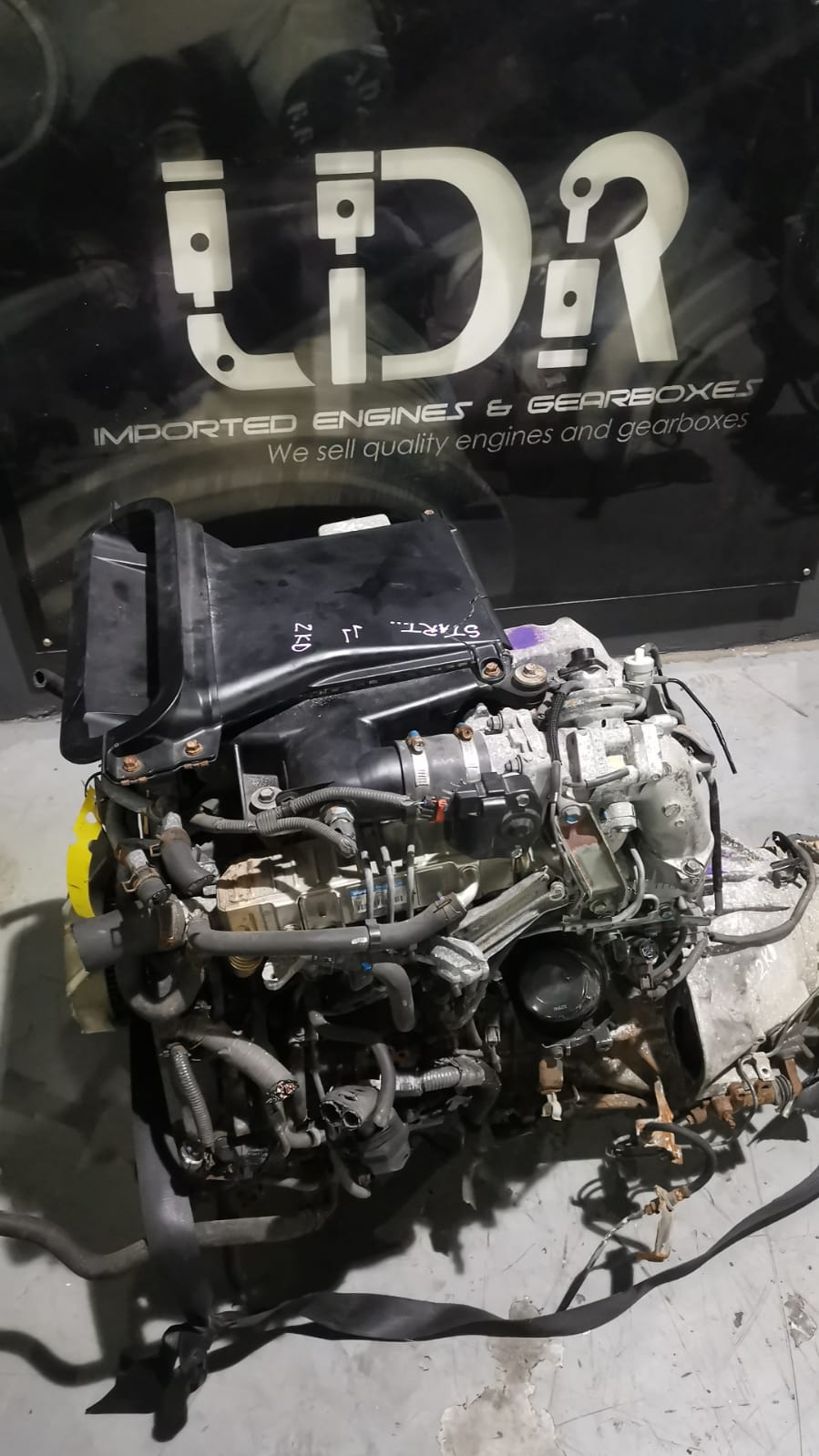Opel Corsa Engine: Common Issues and Exactly How to Deal with Them
Opel Corsa Engine: Common Issues and Exactly How to Deal with Them
Blog Article
Discovering the Inner Operation of a Compact Lorry's Engine System
As motorists, we frequently take for provided the intricate procedures that happen within the confines of our automobile's engine system. In this exploration of a small vehicle's engine system, we will certainly unravel the inner workings of this mechanical symphony, dropping light on the enigmas that drive us forward on our everyday trips.
Burning Process Summary
The burning procedure in a compact vehicle's engine system is an important mechanism that effectively transforms fuel into power to power the vehicle. This process takes place within the combustion chamber of the engine, where fuel and air mix, stir up, and produce controlled surges. The burning process consists of 4 main stages: intake, exhaust, compression, and power.
During the intake phase, the piston relocates downward, reeling in a mixture of air and gas right into the combustion chamber. The following phase, compression, involves the piston relocating up, compressing the air-fuel mixture to raise its strength. Subsequently, in the power phase, the ignition system fires up the pressed blend, resulting in a quick growth of gases that forces the piston pull back. This down movement produces the power required to drive the automobile. Lastly, in the exhaust phase, the burnt gases are expelled from the burning chamber through the exhaust shutoff, preparing the chamber for the next cycle. This cyclic combustion procedure is fundamental to the procedure of a portable lorry's engine system, guaranteeing effective power conversion for propulsion.
Piston and Cylinder Interaction

The piston's precise fit within the cylinder is crucial for preserving optimum compression and stopping energy loss throughout burning. Tight clearances in between the piston and cyndrical tube wall surfaces make sure effective sealing, permitting the piston to move efficiently without enabling gases to leakage past. Proper lubrication is additionally essential to decrease friction and wear between these components, enhancing longevity and efficiency.
In addition, the design and materials utilized in making the piston and cyndrical tube impact engine effectiveness and durability. Modern engines typically utilize light-weight yet durable materials like aluminum alloys for pistons and cylinder liners to minimize inertia and boost thermal performance. Overall, the harmonious interaction between the piston and cyndrical tube is essential to the engine's functionality and general performance.
Gas Injection System Performance
Fuel injection systems in small car engines play a crucial duty in specifically supplying gas to the burning chamber for regulated and effective ignition. The gas injection system operates by injecting gas into the combustion chamber at the optimal moment throughout the engine's procedure (opel over at this website corsa engine). This specific timing makes certain that the fuel blends evenly with the air for correct burning, causing boosted fuel performance and decreased emissions
There are mostly two kinds of fuel injection systems made use of in compact automobile engines: port gas injection (PFI) and straight gas injection (DFI) PFI systems infuse gas into the why not find out more intake port prior to the consumption valve, while DFI systems inject fuel straight into the burning chamber. Both systems have their advantages, with DFI using better fuel atomization and PFI giving a much more cost-efficient service.
Recognizing Engine Cooling Systems
Effective procedure of a compact automobile's engine counts heavily on the efficiency of its cooling systems. The air conditioning system in a compact car commonly consists of a number of parts functioning together to regulate the engine temperature. Recognizing these engine air conditioning mechanisms is important for preserving the efficiency and long life of a small car's engine system.

Exhaust System Parts Explained
The optimum functioning of a portable car's engine air conditioning systems depends on a corresponding system known as the exhaust system, which makes up various crucial elements for ensuring effective emissions and engine efficiency. The exhaust manifold collects exhaust gases from the engine's routes and cylinders them to the catalytic converter.
One critical element of the exhaust system is the oxygen sensing unit, which monitors the oxygen levels in the exhaust gases to assist manage fuel usage and make sure optimum engine performance. opel see corsa engine. Additionally, the resonator may exist in some exhaust systems to minimize noise levels. Overall, the exhaust system plays a crucial role in preserving engine performance, reducing dangerous emissions, and making certain a quieter driving experience for compact car owners

Verdict
In conclusion, the portable automobile's engine system is a complicated mix of components that work together to assist in the combustion process, convert fuel right into power, and get rid of waste gases. Recognizing the internal functions of the engine system, consisting of the piston and cyndrical tube interaction, gas shot system, engine air conditioning systems, and exhaust system components, is crucial for maintaining ideal performance and performance of the automobile.
The combustion procedure in a compact lorry's engine system is an important device that efficiently transforms fuel into power to power the automobile.Gas injection systems in compact vehicle engines play an essential duty in precisely delivering fuel to the combustion chamber for reliable and regulated ignition.There are mainly 2 kinds of fuel shot systems made use of in portable car engines: port gas shot (PFI) and direct fuel injection (DFI) Comprehending these engine air conditioning devices is important for maintaining the efficiency and longevity of a portable vehicle's engine system.
The optimal functioning of a small lorry's engine cooling systems depends on a corresponding system understood as the exhaust system, which consists of various essential parts for ensuring effective discharges and engine performance.
Report this page